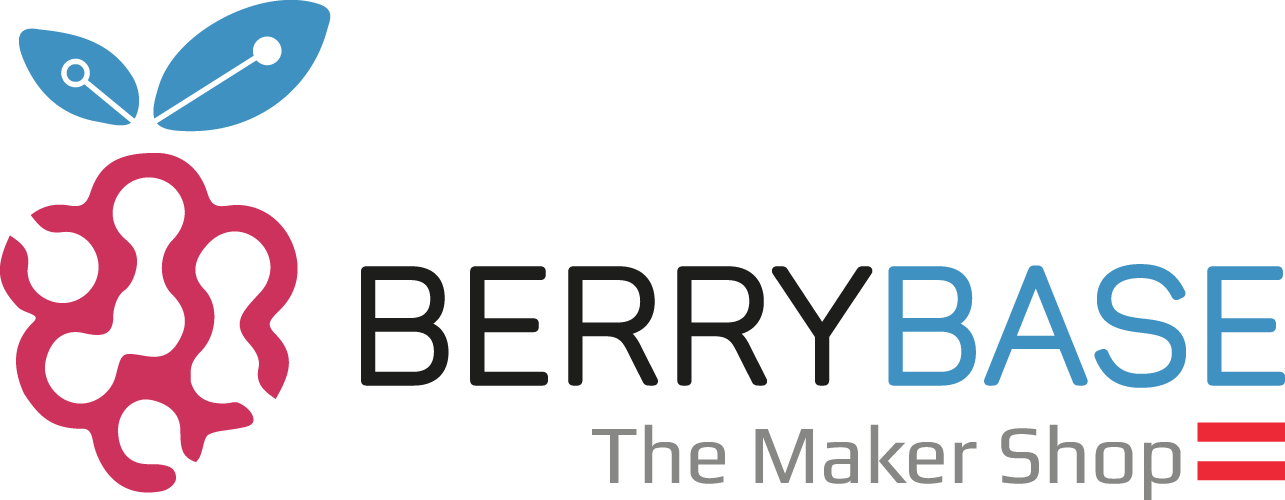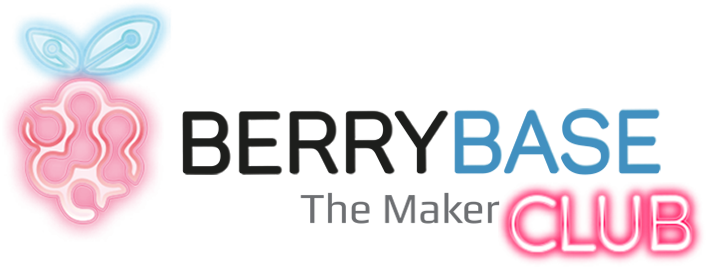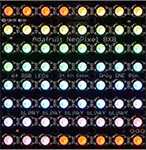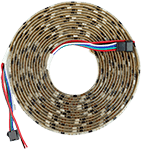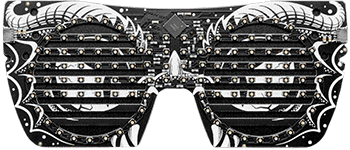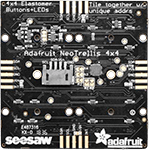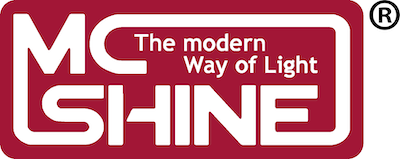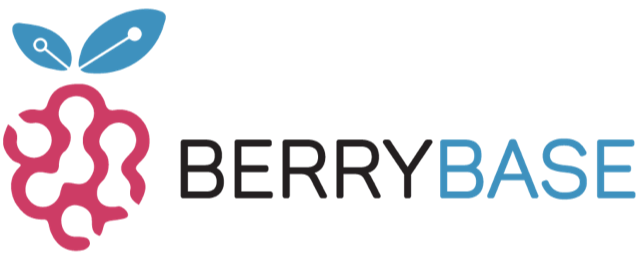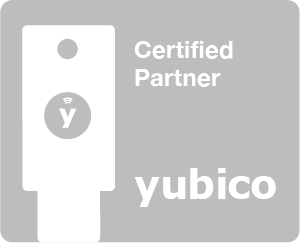No results were found for the filter!
Ausgefallene neue SidelightLED-Streifen sind eine großartige Alternative für Leute, die Adafruit LED-Streifen seit einigen Jahren lieben und benutzen, aber ein wunderschönes, glühendes Licht wünschen, das bei 90 Grad emittiert. Sie sind sehr dünn, so dass man sie entlang einer dünnen Kante führen und sie um Formen und Ecken biegen kann. Sie sehen für Akzentbeleuchtung, Hintergrundbeleuchtung, Kantenbeleuchtung usw. fantastisch aus!
Article no.: ADA3634
SALE
Das Anbringen von NeoPixel-Streifen an Ihrem Kostüm kann sich als schwierig erweisen, da die flexiblen Leiterplatten brechen können, wenn sie zu stark gebogen werden. Wie fügt man also kleine Farbpunkte hinzu? Verwenden Sie diese NeoPixel-Dots! Sie sind sehr klein, so dass sie sich leicht in jede Struktur, jedes Kostüm oder Kleidungsstück einbetten lassen. Jeder Punkt ist in einem kleinen wetterfesten Plastikknopf eingeschlossen. Wir raten davon ab, diese Dots unter Wasser zu tauchen, aber sie können eine vorübergehende Verwendung im Freien überleben. Jeder Strang hat20 Punkte mit einem einzelnen NeoPixel im Innerenmit einer Verkabelung, die diese...
Article no.: ADA3630
Dies ist der NeoPXL8 Friend!Die Bibliothek läuft auf jedem unserer ATSAMD21 (M0) und ATSAMD51 (M4) Boards und übernimmt das gesamte NeoPixeling für Sie, bis zu8 Stränge der gleichzeitigen DMA-Ausgabe, jeder kann 250 Pixel lang sein für insgesamt 8 x 250 = 2000 Pixel. Das lässt Ihnen auch noch etwas RAM für Ihren Code übrig - das theoretische Maximum sind 340 Pixel pro Strang, aber Sie würden das gesamte RAM des M0-Chips verwenden.
Article no.: ADA3975
Einstecken und leuchten, dieser Adafruit NeoPixel LED Streifen mit JST PH Connector hat 30 LEDs und ist 1 Meter lang, in edlem Adafruit Schwarz. Es ist nicht zu lang, hat aber viel leuchtende Action. Perfekt für die Verwendung mit einem Hallowing, PyPortal, BrainCraft HAT oder jedes andere bestehende oder eigene Design mit einer "STEMMA" 3-poligen JST PH-Buchse.
Article no.: ADA4801
Die Dotstar RGB LED Disk ist mit digital adressierbaren LEDs bestückt und wird auf einer weißen Platine mit zwei bereits angelöteten 4-poligen JST-SM Steckern geliefert, so dass sie sofort einsatzbereit ist.
Diese winzigen 5050 (5mm x 5mm) SMD-LEDs sind die kompakteste Möglichkeit, mehrere helle LEDs in ein Design zu integrieren. Anstelle von NeoPixels werden hier DotStar-LEDs verwendet, die ein 2-Draht-Protokoll verwenden, das weniger Timing-spezifisch ist und eine hochfrequente PWM für eine sanftere Farbüberblendung hat.
Diese winzigen 5050 (5mm x 5mm) SMD-LEDs sind die kompakteste Möglichkeit, mehrere helle LEDs in ein Design zu integrieren. Anstelle von NeoPixels werden hier DotStar-LEDs verwendet, die ein 2-Draht-Protokoll verwenden, das weniger Timing-spezifisch ist und eine hochfrequente PWM für eine sanftere Farbüberblendung hat.
Article no.: ADA2477
Erstellen Sie Ihre eigene intelligente LED-Anordnung mit der gleichen integrierten LED, die in unseren NeoPixel-Streifen und -Pixeln verwendet wird. Diese winzige 1515 (1,5 mm x 1,5 mm) RGB-LED ist für die Oberflächenmontage in Löttechnik konzipiert und ist die kompakteste Möglichkeit, mehrere helle LEDs in ein Design zu integrieren. Der Treiberchip befindet sich im Inneren der LED und hat einen Konstantstromantrieb von ~18mA, so dass die Farbe sehr gleichmäßig ist, auch wenn die Spannung variiert, und keine externen Drosselwiderstände erforderlich sind, was Ihr Design minimal macht. Betreiben Sie das Ganze mit 5VDC, und Sie sind bereit zu rocken.
Article no.: ADA4492
Article no.: ADA4886
Article no.: ADA3377
Article no.: ADA1756
Article no.: ADA1792
Article no.: ADA1757
Holen Sie sich Retro mit diesem Paar 5x7 LED-Mikropunkt-Matrizen - erhältlich in grün oder rot! Wir haben diese Old-School-LTP305-LED-Matrizen schon immer geliebt (sie wurden in den 1970er Jahren entwickelt!) und wir dachten, es wäre höchste Zeit, sie wieder auf den Markt zu bringen. Sie erhaltenzwei 5x7 Displays (plus einen Dezimalpunkt)und einenLED-Treiber,montiert auf einem Breakout Garden kompatiblen I2C-Breakout. Dieses Breakout istvormontiert, so dass keine winzigen Lötarbeiten erforderlich sind (es sei denn, Sie wollen das Breakout an einer Stiftleiste befestigen).
Article no.: PIM526
Article no.: ADA4913
Article no.: ADA4914
Diese Reverse-Mount NeoPixel-LEDssind eine einfache Möglichkeit, viele kleine (aber helle!) bunte LEDs zu Ihrem Projekt hinzuzufügen, wenn Sie die Oberseite der Leiterplatte flach haben möchten oder die Herstellung vereinfachen möchten, indem Sie nur eine Seite der Komponenten haben. Sie sind nur 3,1mm x 2,7mm x 1,7mm groß undkönnen im Reverse-Mount-Stil mit den oberen Pads und einem Ausschnitt in der Leiterplatte verlötet werden. Dank der langen Pads sind sie auch gut von Hand zu löten!
Article no.: ADA4960
142cm hohe LED Eckleuchte mit diversen RGB Effekten und Fernbedienung.
In der Leuchte sind digitale LEDs des Typs WS2811 verbaut. Diese LEDs lassen sich über einen 3 Pin JST Stecker auch ohne den mitgelieferten Controller / Fernbedienung ansteuern. Somit kann die Leuchte sowohl Stand Alone über die Fernbedienung, als auch mit einem Microcontroller (Arduino, Raspberry Pi, D1 Mini...) angesteuert werden.
In der Leuchte sind digitale LEDs des Typs WS2811 verbaut. Diese LEDs lassen sich über einen 3 Pin JST Stecker auch ohne den mitgelieferten Controller / Fernbedienung ansteuern. Somit kann die Leuchte sowohl Stand Alone über die Fernbedienung, als auch mit einem Microcontroller (Arduino, Raspberry Pi, D1 Mini...) angesteuert werden.
Article no.: T1452841
Betritt die (LED-)Matrix mit diesem All-in-One-Controller mit USB-C-Stromversorgung für HUB75-Panels.
Interstate 75 ist ein RP2040-basiertes Treiberboard für LED-Matrizen im HUB75-Stil. Es lässt sich ganz einfach in die Rückseite eines LED-Panels einstecken und bietet eine schnelle und einfache Möglichkeit, eine scrollende Beschilderung oder ein auffälliges LED-Display für Sensorausgänge zu erstellen.
Interstate 75 ist ein RP2040-basiertes Treiberboard für LED-Matrizen im HUB75-Stil. Es lässt sich ganz einfach in die Rückseite eines LED-Panels einstecken und bietet eine schnelle und einfache Möglichkeit, eine scrollende Beschilderung oder ein auffälliges LED-Display für Sensorausgänge zu erstellen.
Article no.: PIM584
Article no.: ADA1779
Article no.: NEOPS60-50
Viewed




